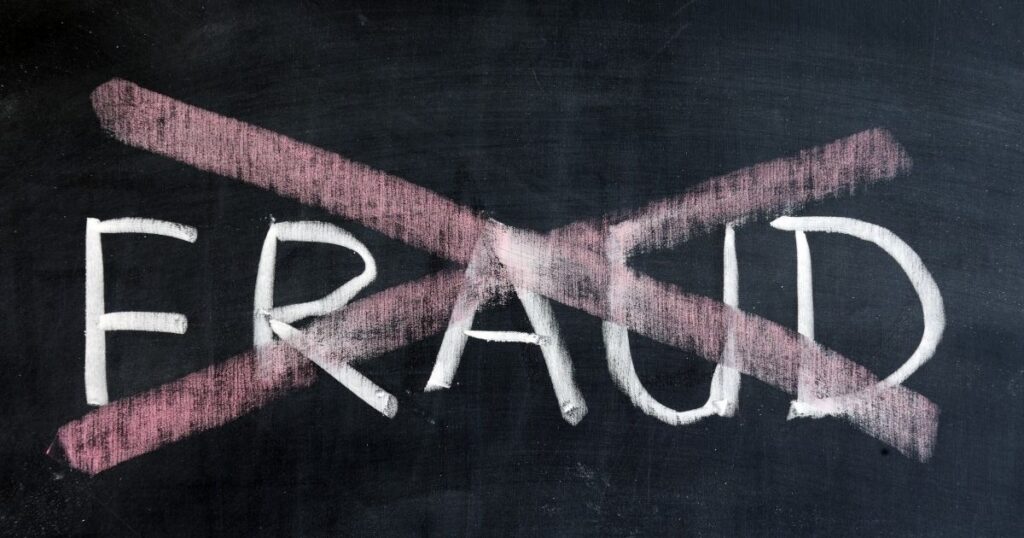Metal detectors are electronic devices that detect the presence of metal objects. They operate by generating a magnetic field and analyzing the signals reflected back from metal items. Commonly used in security, they help identify concealed weapons or prohibited items. Metal detectors are also employed in archaeology to locate buried artifacts and treasures.
Ensuring the safety of our students is paramount, and one effective measure to achieve this is the strategic implementation of metal detectors in schools. Imagine a learning environment where students and staff feel secure, fostering a conducive atmosphere for growth and education. Discover why schools should have metal detectors and join the movement towards creating safer spaces for our future leaders.
Implementing metal detectors in schools enhances safety by providing a proactive measure against potential threats. These devices help prevent the entry of weapons, ensuring a secure environment for both students and staff. In an era where safety is a top concern, metal detectors serve as a deterrent, promoting a focused and protected learning atmosphere.
Importance of School Safety
Ensuring the safety of students within the school environment is of paramount importance for the well-being and success of every learner. A secure school setting not only provides physical safety but also contributes significantly to the overall emotional and mental well-being of students. When students feel safe, they are more likely to engage actively in their studies, fostering a conducive atmosphere for learning and personal development. This sense of security extends beyond the students to include teachers, staff, and parents, creating a collaborative community dedicated to the educational journey.
School safety is not just about preventing physical harm; it also involves creating an environment that is free from bullying, discrimination, and other forms of violence. It sets the stage for positive social interactions, allowing students to focus on their studies and build essential life skills. The importance of school safety goes hand in hand with the broader goals of education, emphasizing the need for a nurturing and protective space where students can thrive academically and personally.
Creating a Secure Learning Environment
In today’s educational landscape, creating a secure learning environment is of utmost importance. It goes beyond traditional teaching methods, emphasizing the need for a setting where students can focus on their studies without concerns for their safety. A secure learning environment is a foundation for academic success, fostering a sense of well-being that allows students to thrive both personally and academically. Implementing measures like metal detectors in schools is a proactive step toward achieving this goal, reassuring students, parents, and educators that their safety is a top priority.
A secure learning environment not only promotes academic achievement but also contributes to the overall development of students. When students feel safe, they are more likely to engage in classroom activities, express themselves creatively, and form positive relationships with peers and teachers. It sets the stage for a positive school culture where everyone can focus on the joy of learning, free from concerns about potential threats. Creating a secure learning environment, with the help of tools like metal detectors, is an investment in the future, ensuring that students have the opportunity to learn and grow in a safe and nurturing space.
The Role of Metal Detectors in Safeguarding Schools
In the context of safeguarding schools, metal detectors play a pivotal role in enhancing security measures. These devices act as a first line of defense, strategically placed at entry points to identify and prevent the entry of weapons or dangerous items. By efficiently scanning individuals for metal objects, metal detectors create a deterrent effect, discouraging potential threats and fostering a safer learning environment.
Beyond their immediate impact on security, metal detectors contribute to a broader culture of safety within schools. Their presence not only reassures students, staff, and parents but also serves as a proactive approach to addressing the evolving challenges of ensuring a secure educational setting. By integrating metal detectors into the overall safety strategy, schools can demonstrate a commitment to prioritizing the well-being of everyone within the school community, ultimately contributing to a more focused and secure atmosphere conducive to learning.
Deterrence and Prevention

Deterrence and prevention are key aspects of implementing metal detectors in schools. These devices serve as a visible and effective deterrent against the introduction of weapons onto school premises. The presence of metal detectors sends a clear message that the school is committed to maintaining a secure environment, deterring individuals with malicious intent. By acting as a proactive measure, metal detectors contribute to the prevention of potential threats, ensuring that any attempt to bring unauthorized items, especially weapons, is intercepted before it can escalate into a serious safety issue.
Beyond their deterrent effect, metal detectors play a crucial role in preventing unauthorized entry and potential threats. By screening individuals entering the school, these devices help identify and intercept prohibited items, providing an added layer of security. This proactive approach not only protects the immediate school community but also contributes to the broader goal of creating a safe and conducive learning environment for all students and staff.
Metal Detectors as a Deterrent Against Weapons
Metal detectors serve as a crucial deterrent against the presence of weapons in schools, playing a pivotal role in enhancing overall safety. The visible use of these devices at entry points acts as a strong deterrent, dissuading individuals from attempting to bring weapons onto the premises. Knowing that metal detectors are in place creates a psychological barrier, reinforcing the message that the school is committed to maintaining a secure environment where the well-being of students and staff is a top priority. This deterrent effect contributes significantly to preventing potential threats and ensuring a safer learning atmosphere for everyone.
Moreover, metal detectors not only act as a deterrent but also provide a practical means of identifying and intercepting any concealed weapons. By efficiently detecting metal objects, these devices enable security personnel to take prompt action, preventing the entry of dangerous items and mitigating potential risks. In this way, metal detectors not only discourage the intent to bring weapons into the school but also actively contribute to the proactive identification and prevention of security threats, fostering a more secure educational environment.
Preventing Unauthorized Entry and Potential Threats
In schools, preventing unauthorized entry and potential threats is a critical aspect of ensuring the safety of students and staff. Metal detectors play a crucial role in this regard by acting as a first line of defense. These devices are strategically placed at entry points to screen individuals for any concealed metal objects, such as weapons, before they enter the premises. By doing so, metal detectors effectively deter unauthorized persons from bringing in potentially harmful items, creating a secure environment that promotes a sense of safety and well-being.
Beyond acting as a deterrent, metal detectors also serve as a proactive measure to identify and neutralize potential threats. In the unfortunate event that someone attempts to bring in a weapon, the detector immediately signals an alert, allowing security personnel to swiftly respond and take appropriate action. This rapid response capability is crucial in preventing incidents and minimizing the risk of harm. By incorporating metal detectors into school security protocols, educational institutions demonstrate a commitment to proactive threat prevention and the overall safety of their learning environments.
FAQ’s
Why are metal detectors important?
Metal detectors are important for enhancing security by detecting concealed metal objects, such as weapons, thereby preventing potential harm in various settings.
What is the purpose of the detector?
The purpose of the detector is to identify and alert to the presence of metal objects, particularly weapons, thereby preventing unauthorized entry and potential threats.
What makes a metal detector better?
The effectiveness of a metal detector is determined by its sensitivity to detecting a range of metal objects, its ability to discriminate between different metals, and its overall reliability in providing accurate and consistent results.











